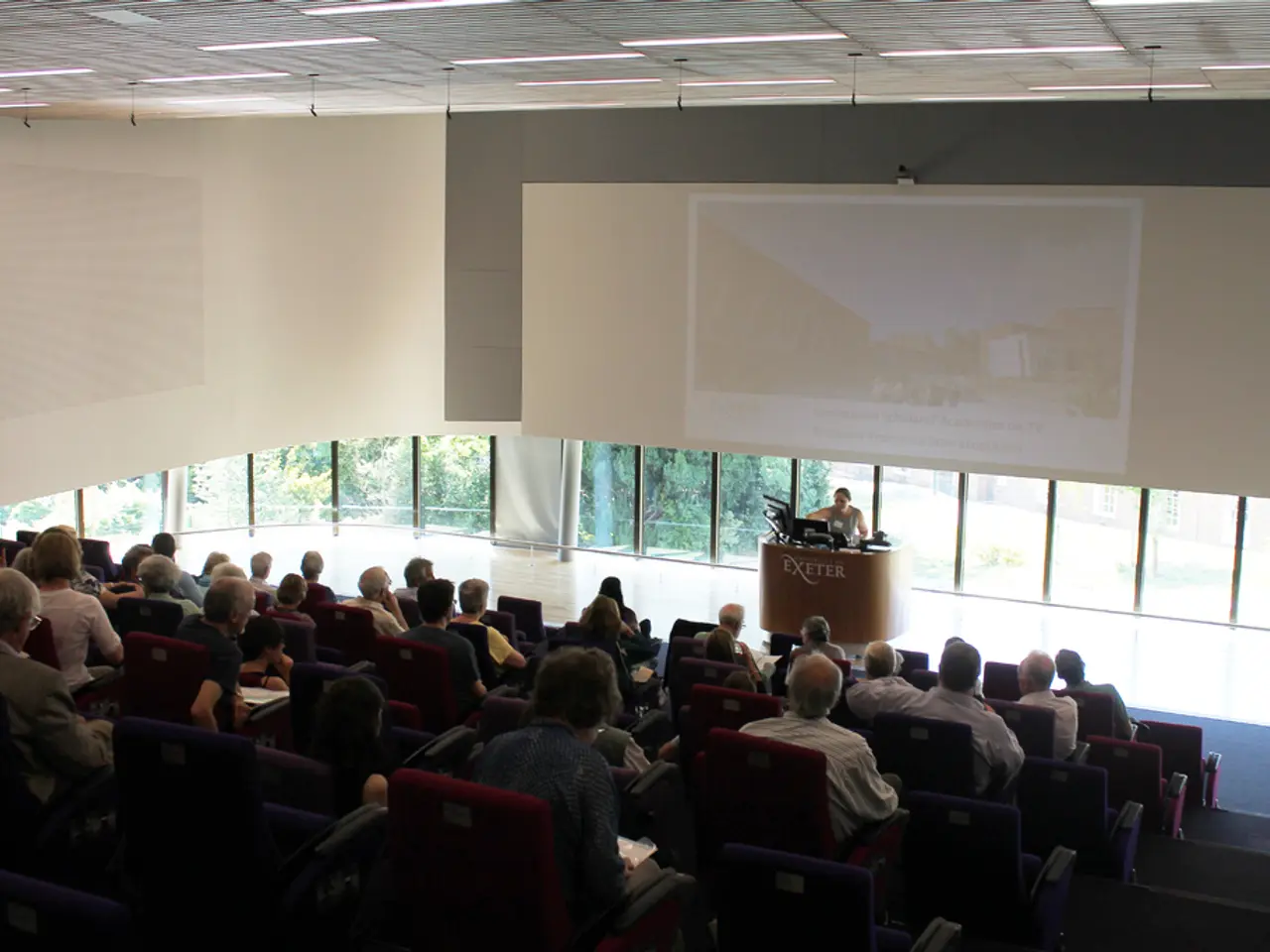Is it Possible for Renewable Energy to Be Both Clean and Consistently Dependable?
In the shift towards a cleaner energy future, ensuring a stable and reliable grid is crucial. This is particularly challenging with the intermittent nature of renewable energy sources like wind and solar. However, a multi-faceted approach is being deployed to tackle this issue, combining advanced technologies, strategic planning, and smart systems.
**Energy Storage Systems (ESS)** play a pivotal role in balancing supply and demand. Technologies such as Battery Energy Storage Systems (BESS) like lithium-ion batteries, Flywheel Energy Storage (FES), Superconducting Magnetic Energy Storage (SMES), and supercapacitors store excess energy during peak generation and release it when renewable output falls.
**Grid Modernization Technologies** are essential for integration. Advanced grid hardware, such as Static Synchronous Compensators (STATCOMs) and inverter-based resources, help regulate voltage and reactive power. Advanced sensors and monitoring devices improve real-time visibility and control of grid conditions, while upgraded conductors and grid infrastructure enhance capacity and resilience.
**Artificial Intelligence (AI)** is emerging as a key tool. AI models predict renewable generation using hyperlocal weather data, satellite imagery, and historical patterns. These models optimize coordination between renewables, storage, and traditional plants, anticipating demand spikes or generation shortfalls to preemptively balance the grid. AI also identifies inefficiencies and optimizes energy usage across the grid and at customer endpoints, contributing to overall system efficiency and reliability.
**Distributed Energy Resources (DERs) and Load Management** are another crucial component. DERs, such as rooftop solar, small-scale batteries, and demand response programs, allow localized balancing and reduce transmission losses. Utilities are increasingly engaging customers with load management programs to dynamically adjust consumption in response to variable renewable output, enhancing grid flexibility and resilience.
**Maintaining Grid Inertia and Stability** is another challenge, as traditional grids rely on mechanical inertia from spinning turbines in fossil/nuclear plants to stabilize frequency. Renewables lack this inertia. Emerging approaches include synthetic inertia provided by inverter controls and energy storage systems, standards and grid codes that enforce compliance from renewable generators to support stability, and investment in advanced grid management software to forecast and mitigate risks before outages occur.
**Strategic Planning and Regulatory Frameworks** are necessary to ensure grid reliability. This involves strategic placement of generation assets, robust regulations, and coordinated utility planning to govern system protection and resilience. As variable renewables scale up rapidly, this holistic approach is essential.
The energy transition requires a flexible grid that can handle ebbs and flows in real time, beyond just building wind farms and solar panels. Periods of low renewable generation have already tested electricity systems, such as California's August 2020 heatwave that led to rolling blackouts. Researchers and engineers are developing ways to store surplus renewable energy in the form of chemical fuels, such as green hydrogen, for later use to help bridge seasonal supply gaps. Regional interconnections between grids over larger geographical areas also enable energy sharing, allowing a region with low renewable output to import power from elsewhere that has a surplus.
In summary, the robust management of renewable intermittency is achieved through integrated energy storage, grid modernization hardware, AI-driven forecasting and optimization, distributed resources with active demand management, and new grid stability methods compensating for lost inertia. Together, these solutions enable a cleaner, more resilient, and reliable power grid.
- Energy Storage Systems, such as Battery Energy Storage Systems and Supercapacitors, store excess renewable energy during peak generation and release it when renewable output falls, thereby playing a pivotal role in balancing supply and demand.
- AI models predict renewable generation using hyperlocal weather data, satellite imagery, and historical patterns, optimizing coordination between renewables, storage, and traditional plants, and contributing to overall system efficiency and reliability.
- Distributed Energy Resources, like rooftop solar and demand response programs, allow localized balancing and reduce transmission losses, playing a crucial role in enhancing grid flexibility and resilience.
- In the shift towards a cleaner energy future, Strategic Planning and Regulatory Frameworks are necessary to ensure grid reliability, involving strategic placement of generation assets, robust regulations, and coordinated utility planning.
- Maintaining Grid Inertia and Stability is another challenge, with emerging approaches including synthetic inertia provided by inverter controls and energy storage systems, standards and grid codes that enforce compliance from renewable generators, and investment in advanced grid management software for forecasting and mitigating risks.




